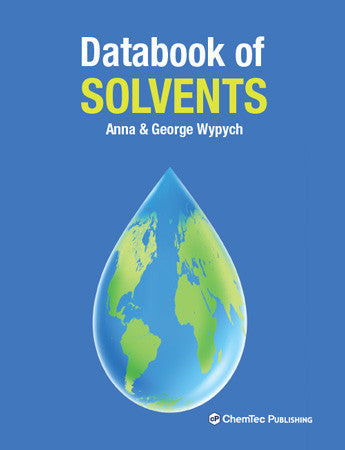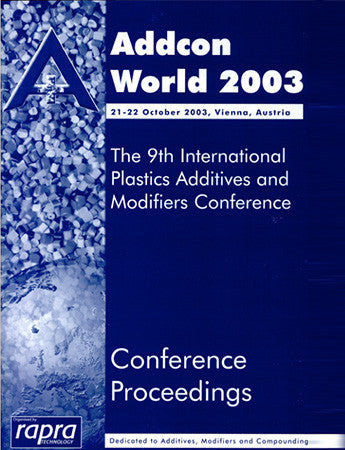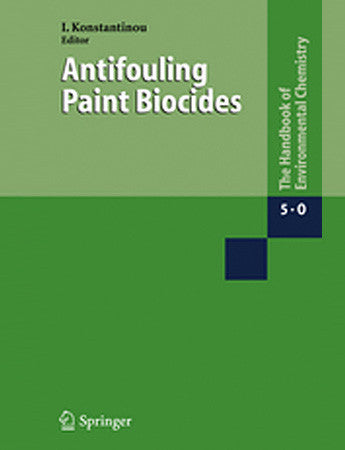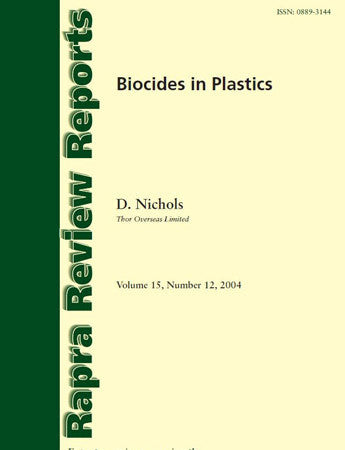Databook of Solvents
Solvents comprise a large group of commercial products of different purities determined by their application (e.g., chemical reagents, pharmaceutical solvents, cleaning liquids, etc.). Their properties are very important for application of solvents and needed to understand behavior of solvent mixtures.
This book contains large set of data on the most important solvents used in everyday industrial practice. The Databook of Solvents provides information divided into five sections: General, Physical, Health, Environmental, and Use.
In the General section the following data are displayed: Name, CAS number, Acronym, Chemical category, Empirical formula, IUPAC name, Mixture, Moisture contents, Molecular weight, Properties, Product contents, EC number, RTECS number, and Synonyms 1, 2, 3.
Physical section contains data on Name, CAS number, Dielectric constant, Acceptor number, Acid dissociation constant, Aniline point, Antoine temperature range, Antoine constants A, B, and C, Boiling temperature, Coefficient of thermal expansion, Color, Corrosivity, Donor number, Electrical conductivity, Evaporation rates with butyl acetate=1 and ether=1, Freezing temperature, Hansen solubility parameters dD, dP, and dH, Molar volume, Heat of combustion, Enthalpy of vaporization, Enthalpy of vaporization temperature, Henry's law constant, Hildebrand solubility parameter, Kauri butanol number, Odor, Odor threshold, pH, Polarity parameter, ET(30), Refractive index, Solubility in water, Specific gravity, Specific gravity temperature, Specific heat, State, Surface tension, Thermal conductivity, Vapor density, Vapor pressure, Vapor pressure temperature, Viscosity, and Viscosity temperature.
Health section contains data on Name, CAS number, Autoignition temperature, Carcinogenicity: IRAC, NTP, OSHA, Mutagenic properties, Reproduction/developmental toxicity, DOT class, TDG class, ICAO/IATA class, packaging group, IMDG class, packaging group, UN/NA hazard class, UN packaging group, Proper shipping name, Explosion limits: lower and upper, Flash point, Flash point method, LD50 dermal (rabbit), LC50 inhalation (rat), LD50 oral (mouse), LD50 oral (rat), Maximum concentration during 30 min exposure (NIOSH-IDLH), Maximum concentration at any time: ACGIH, NIOSH, OSHA, Maximum concentration during continuous exposure for 15 min: ACGIH, NIOSH, OSHA, NFPA flammability, health, reactivity, HMIS flammability, health, reactivity, Route of entry, Ingestion, Skin irritation, Eye irritation, Inhalation, First aid: eyes, skin, inhalation, Chronic effects, Target organs, Threshold limiting value: ACGIH, NIOSH, OSHA, UN number, UN risk phrases, and UN safety phrases.
Environmental section contains data on Name, CAS number, Aquatic toxicity, Bluegill sunfish (96-h LC50), Daphnia magna (96-h LC50) and (48-h LC50), Fathead minnow (96-h LC50), Rainbow trout (96-h LC50), Bioconcentration factor, Biodegradation probability, Biological oxygen demand (20-day test) and (5-day test), Chemical oxygen demand, Atmospheric half-life, Hydroxyl rate constant, Global warming potential, Montreal protocol, Partition coefficient, Ozone depletion potential (CFC11=1), Ozone rate constant, Soil absorption constant, Theoretical oxygen demand, Urban ozone formation potential (C2H4=1), UV absorption.
Use section contains information on Name, CAS number, Manufacturer, Outstanding properties, Potential substitutes, Recommended for polymers, Features & benefits, Processing methods, Recommended dosage, and Recommended for products.
More than 250 of the most essential solvents are included in the publication. The table of contents gives more information on solvent groups included in the Databook of Solvents.
Readers interested in this subject should note that two volumes of fundamental treatment of all essential areas of solvents’ use have also been just published. They include: Handbook of Solvents. Volume 1. Properties and Handbook of Solvents. Volume 2. Use, Health, and Environment. Together these four books provide the most comprehensive information on the subject ever published. The books are the authoritative source of knowledge, considering that very well-known experts in the fields of solvent use were involved in creation of these extensive publications.
This book contains large set of data on the most important solvents used in everyday industrial practice. The Databook of Solvents provides information divided into five sections: General, Physical, Health, Environmental, and Use.
In the General section the following data are displayed: Name, CAS number, Acronym, Chemical category, Empirical formula, IUPAC name, Mixture, Moisture contents, Molecular weight, Properties, Product contents, EC number, RTECS number, and Synonyms 1, 2, 3.
Physical section contains data on Name, CAS number, Dielectric constant, Acceptor number, Acid dissociation constant, Aniline point, Antoine temperature range, Antoine constants A, B, and C, Boiling temperature, Coefficient of thermal expansion, Color, Corrosivity, Donor number, Electrical conductivity, Evaporation rates with butyl acetate=1 and ether=1, Freezing temperature, Hansen solubility parameters dD, dP, and dH, Molar volume, Heat of combustion, Enthalpy of vaporization, Enthalpy of vaporization temperature, Henry's law constant, Hildebrand solubility parameter, Kauri butanol number, Odor, Odor threshold, pH, Polarity parameter, ET(30), Refractive index, Solubility in water, Specific gravity, Specific gravity temperature, Specific heat, State, Surface tension, Thermal conductivity, Vapor density, Vapor pressure, Vapor pressure temperature, Viscosity, and Viscosity temperature.
Health section contains data on Name, CAS number, Autoignition temperature, Carcinogenicity: IRAC, NTP, OSHA, Mutagenic properties, Reproduction/developmental toxicity, DOT class, TDG class, ICAO/IATA class, packaging group, IMDG class, packaging group, UN/NA hazard class, UN packaging group, Proper shipping name, Explosion limits: lower and upper, Flash point, Flash point method, LD50 dermal (rabbit), LC50 inhalation (rat), LD50 oral (mouse), LD50 oral (rat), Maximum concentration during 30 min exposure (NIOSH-IDLH), Maximum concentration at any time: ACGIH, NIOSH, OSHA, Maximum concentration during continuous exposure for 15 min: ACGIH, NIOSH, OSHA, NFPA flammability, health, reactivity, HMIS flammability, health, reactivity, Route of entry, Ingestion, Skin irritation, Eye irritation, Inhalation, First aid: eyes, skin, inhalation, Chronic effects, Target organs, Threshold limiting value: ACGIH, NIOSH, OSHA, UN number, UN risk phrases, and UN safety phrases.
Environmental section contains data on Name, CAS number, Aquatic toxicity, Bluegill sunfish (96-h LC50), Daphnia magna (96-h LC50) and (48-h LC50), Fathead minnow (96-h LC50), Rainbow trout (96-h LC50), Bioconcentration factor, Biodegradation probability, Biological oxygen demand (20-day test) and (5-day test), Chemical oxygen demand, Atmospheric half-life, Hydroxyl rate constant, Global warming potential, Montreal protocol, Partition coefficient, Ozone depletion potential (CFC11=1), Ozone rate constant, Soil absorption constant, Theoretical oxygen demand, Urban ozone formation potential (C2H4=1), UV absorption.
Use section contains information on Name, CAS number, Manufacturer, Outstanding properties, Potential substitutes, Recommended for polymers, Features & benefits, Processing methods, Recommended dosage, and Recommended for products.
More than 250 of the most essential solvents are included in the publication. The table of contents gives more information on solvent groups included in the Databook of Solvents.
Readers interested in this subject should note that two volumes of fundamental treatment of all essential areas of solvents’ use have also been just published. They include: Handbook of Solvents. Volume 1. Properties and Handbook of Solvents. Volume 2. Use, Health, and Environment. Together these four books provide the most comprehensive information on the subject ever published. The books are the authoritative source of knowledge, considering that very well-known experts in the fields of solvent use were involved in creation of these extensive publications.
1 INTRODUCTION
2 INFORMATION ON THE DATA FIELDS
3 SOLVENTS
3.1 Acids
3.2 Alcohols
3.3 Aldehydes
3.4 Aliphatic hydrocarbons
3.5 Amides
3.6 Amines
3.7 Aromatic hydrocarbons
3.8 Chlorofluorocarbons
3.9 Esters
3.10 Ethers
3.11 Glycol ethers
3.12 Halogenated
3.13 Heterocyclic
3.14 Hydrochlorofluorocarbons
3.15 Ketones
3.16 Nitriles
3.17 Perfluorocarbons
3.18 Polyhydric alcohols
3.19 Sulfoxides
3.20 Supercritical fluids
3.21 Terpenes
3.22 Thiol derivatives
2 INFORMATION ON THE DATA FIELDS
3 SOLVENTS
3.1 Acids
3.2 Alcohols
3.3 Aldehydes
3.4 Aliphatic hydrocarbons
3.5 Amides
3.6 Amines
3.7 Aromatic hydrocarbons
3.8 Chlorofluorocarbons
3.9 Esters
3.10 Ethers
3.11 Glycol ethers
3.12 Halogenated
3.13 Heterocyclic
3.14 Hydrochlorofluorocarbons
3.15 Ketones
3.16 Nitriles
3.17 Perfluorocarbons
3.18 Polyhydric alcohols
3.19 Sulfoxides
3.20 Supercritical fluids
3.21 Terpenes
3.22 Thiol derivatives




